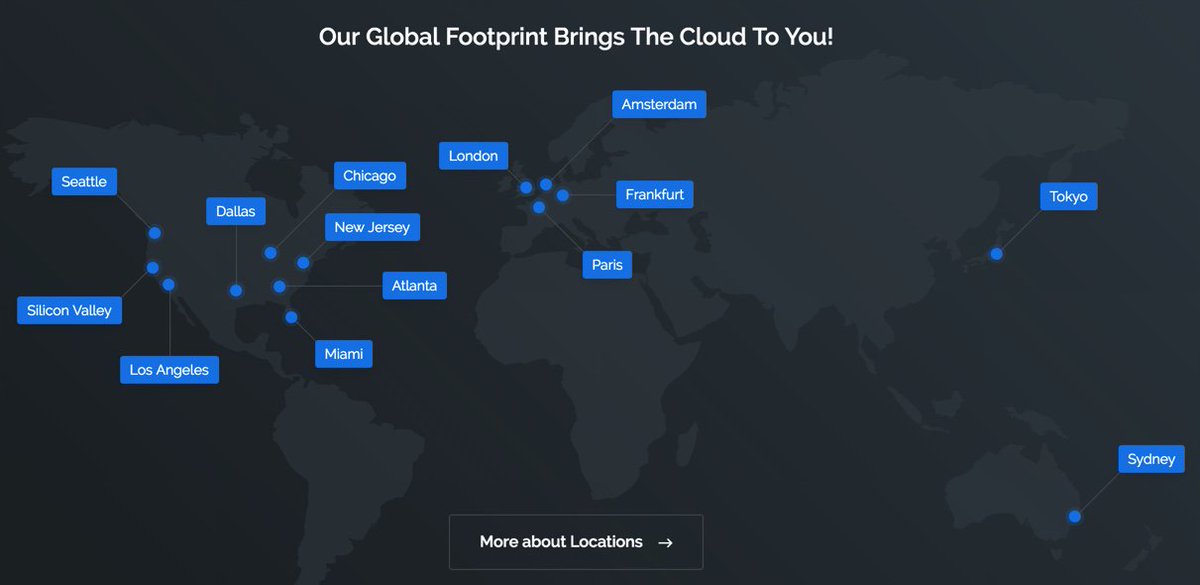It’s All About Choices: Incredible PBX ISO Now Available in the Vultr VPS Cloud
[iframe-popup id="5″] We’ve heard you. Many prefer the ease of installation offered by the Incredible PBX ISO. Unfortunately, until now, it wasn’t available if you wanted a do-it-yourself Cloud Solution other than, of course, using a turnkey Incredible PBX server at RentPBX. Well, now you have a choice. A great new VPS provider, Vultr, now gives you the option of using your own ISO when you deploy Cloud servers on their worldwide platforms. It’s not 100% intuitive just yet, but… Read More ›



